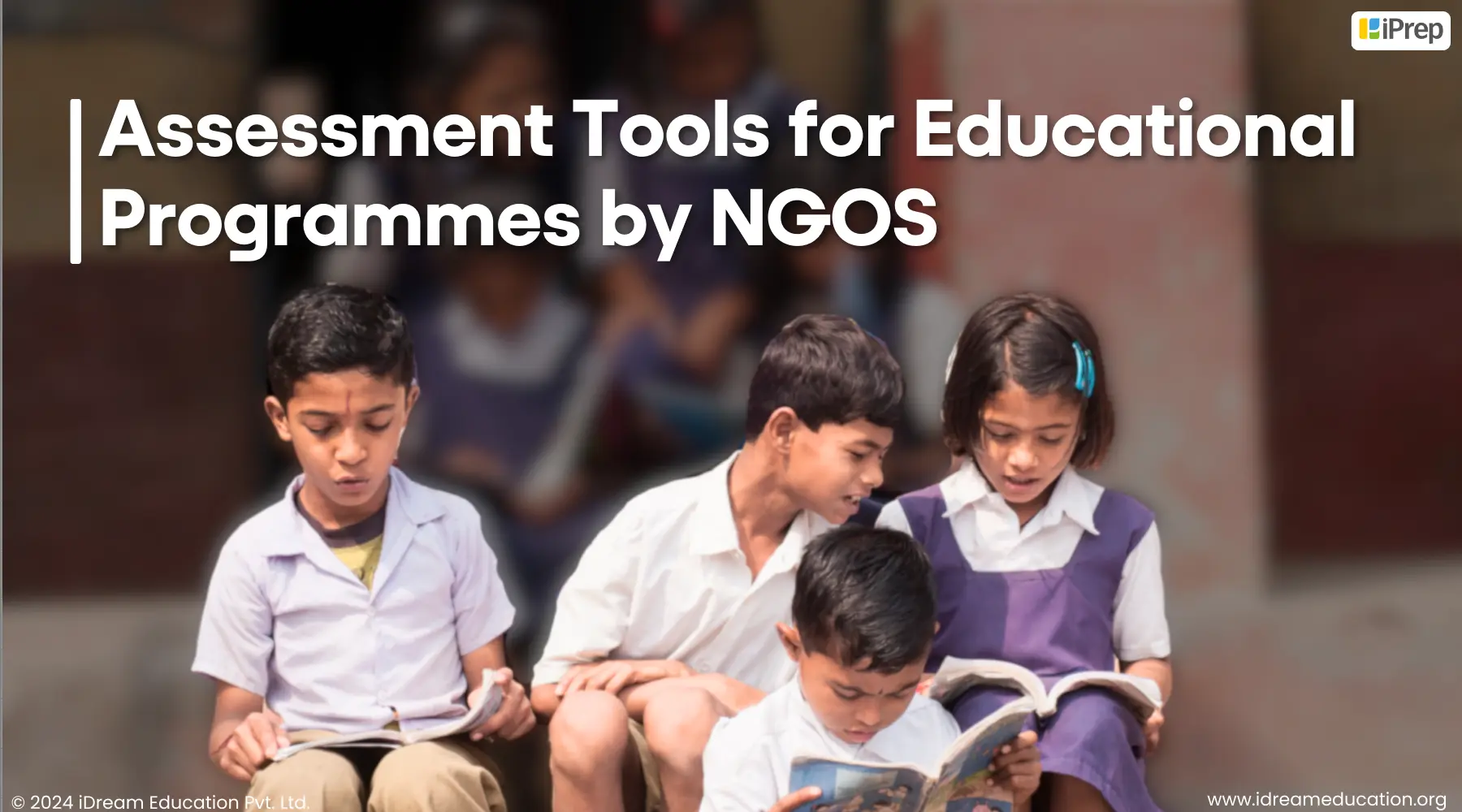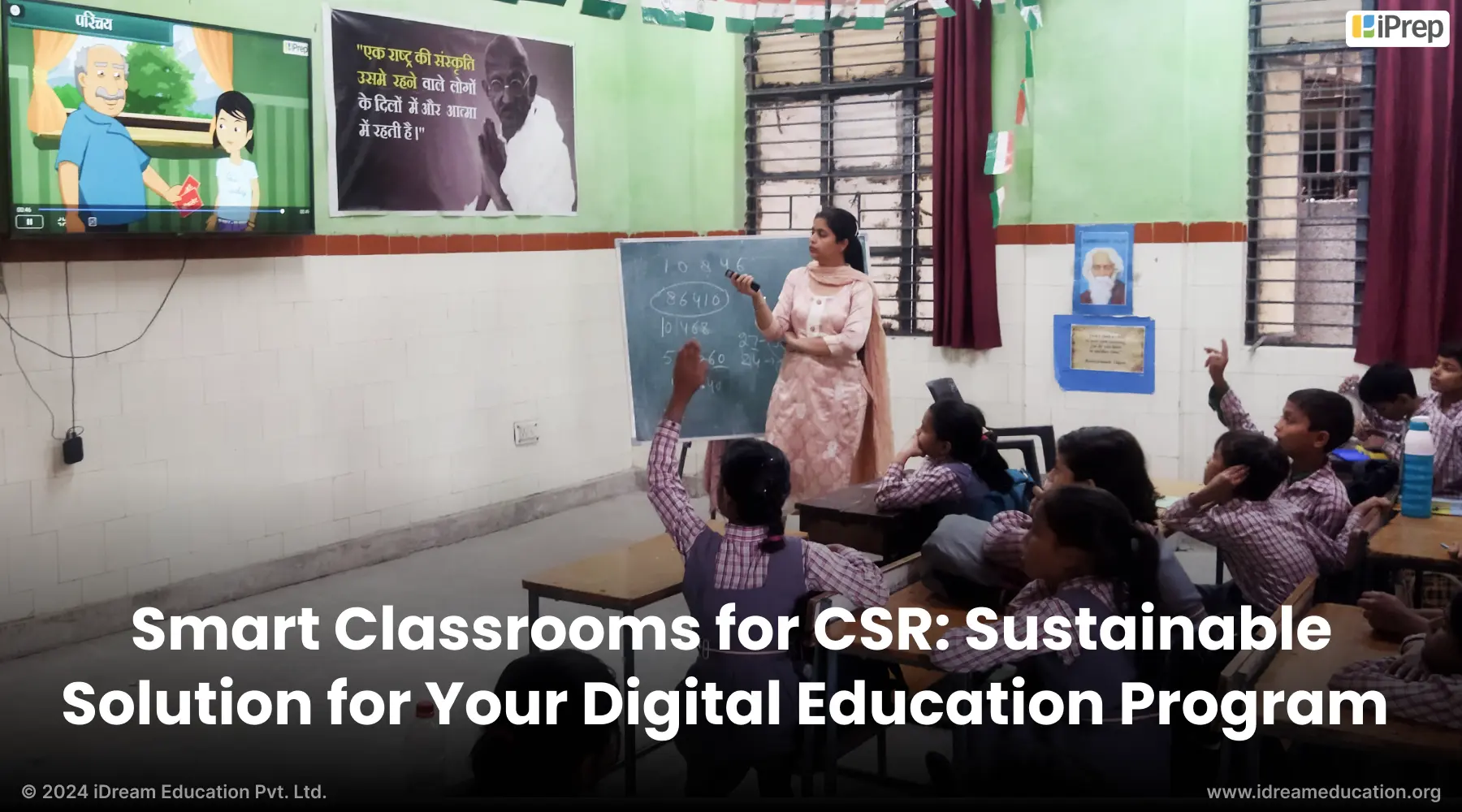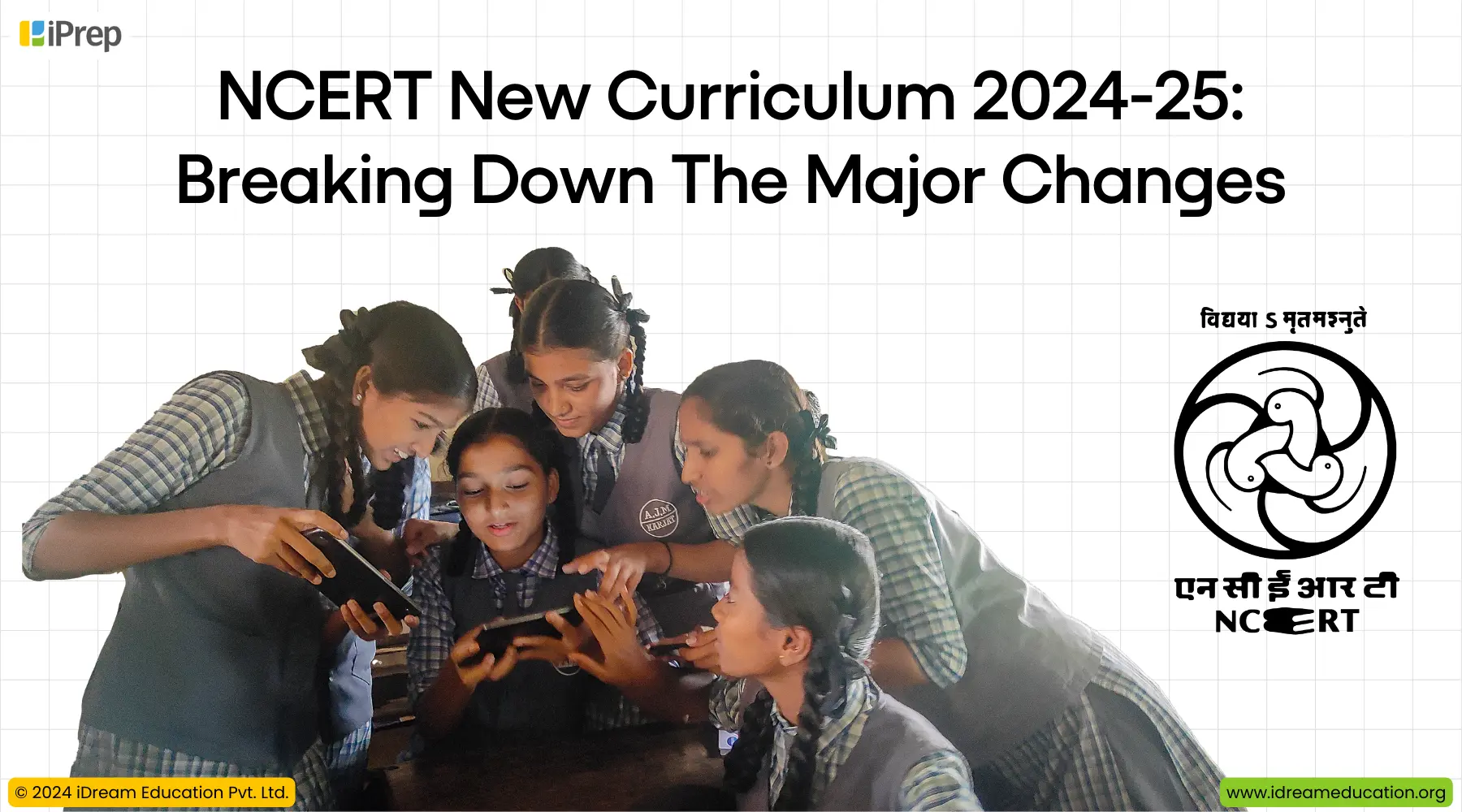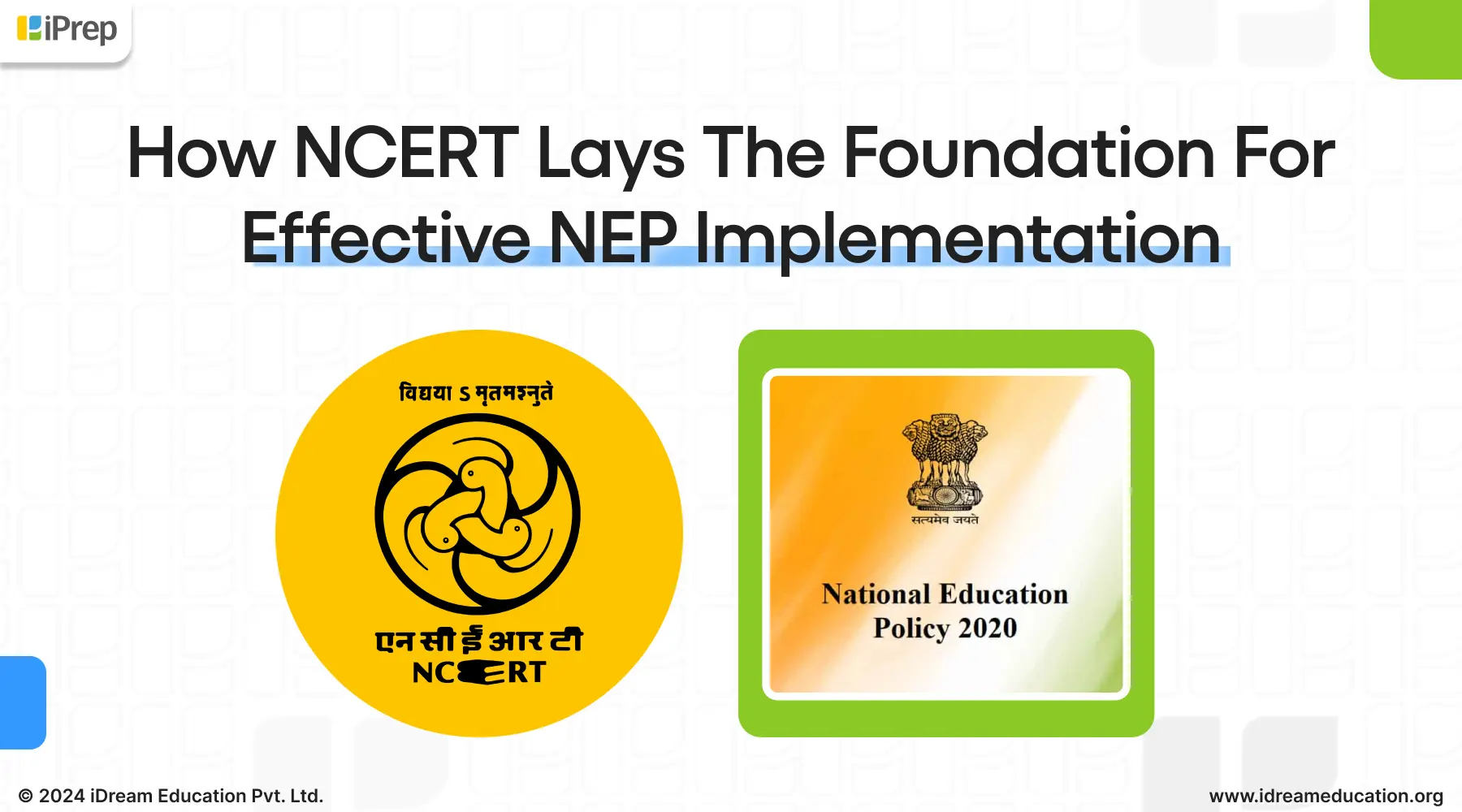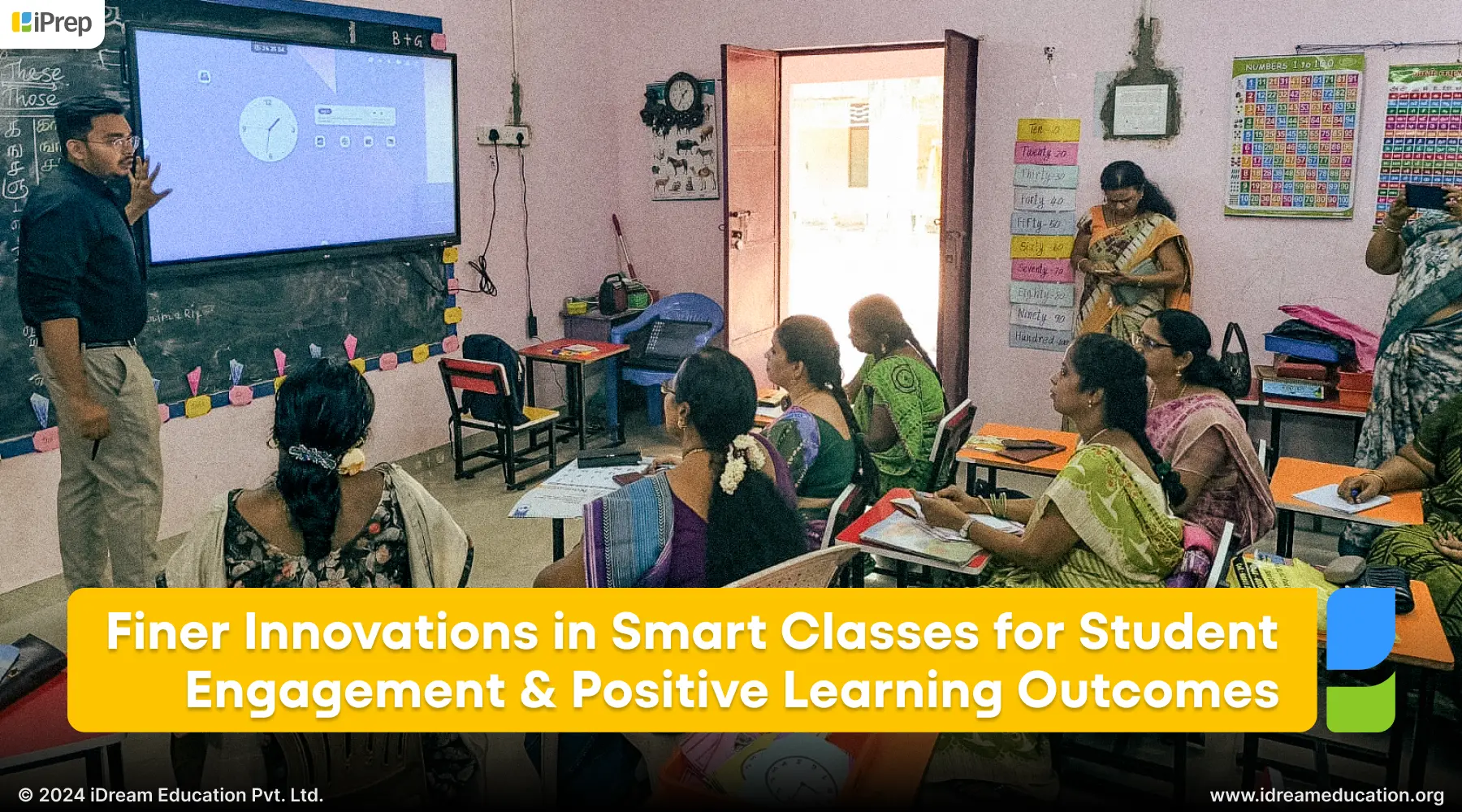How Enabling Multigrade Content Access to Students Can Bridge Historical Learning Gaps?
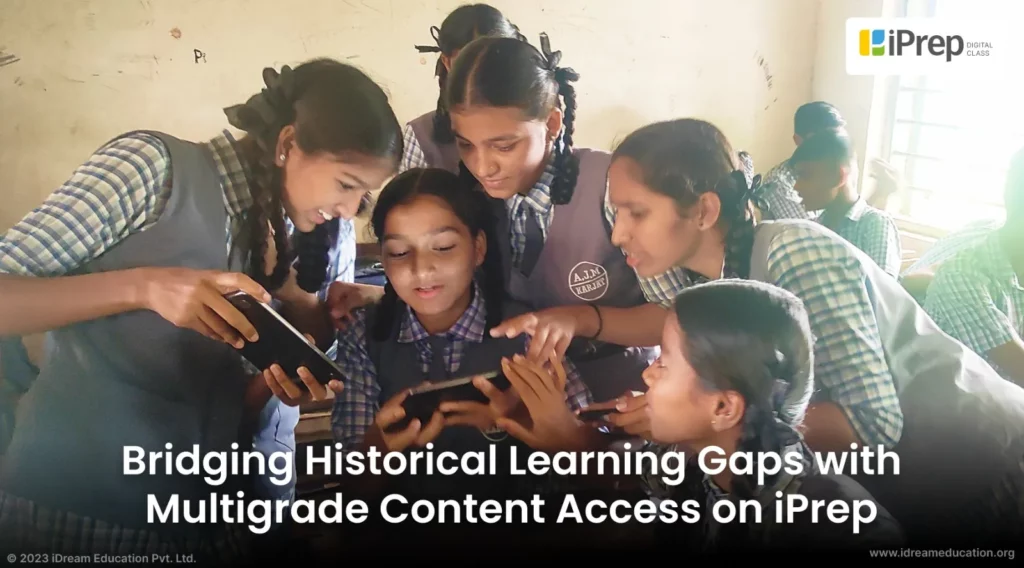
In the vast landscape of education across India, there exists an insidious challenge that often goes unnoticed, yet it casts a shadow over the potential of countless students: The Pervasive Learning Gaps.
These learning gaps are a consequence of multifaceted issues ranging from the grading systems, high rates of absenteeism, irregular participation in classrooms, students’ reluctance to voice their doubts, absence of personalised teaching, and more. In education’s evolving landscape, acknowledging learning gaps as a challenge prompts the realization that they can be overcome.
The key to addressing this issue lies in:
Adopting fresh perspectives and innovative approaches can help students cope with their learning gap in an enjoyable learning environment without the fear of being judged. One example of this is Shreya Namdev, a class 10th student of Rajya Rakhiv Police Public Madhyamik School. She topped class 10th in the Pune District through her self-driven journey of learning with the help of iPrep Tablet.
ASER 2022 Report Highlights Learning Gaps
As per ASER 2022 report, the proportion of Class 3 students in government and private schools who could read at the Class 2 level decreased from 27.3% in 2018 to 20.5% in 2022.
This decline is evident in every state and among students attending both public and private schools. With many students lacking access to dependable internet and suitable devices, the digital divide has magnified these learning disparities. Consequently, a substantial portion of the students struggle to keep up with their studies, resulting in a concerning learning gap.
Causes of Learning Gaps
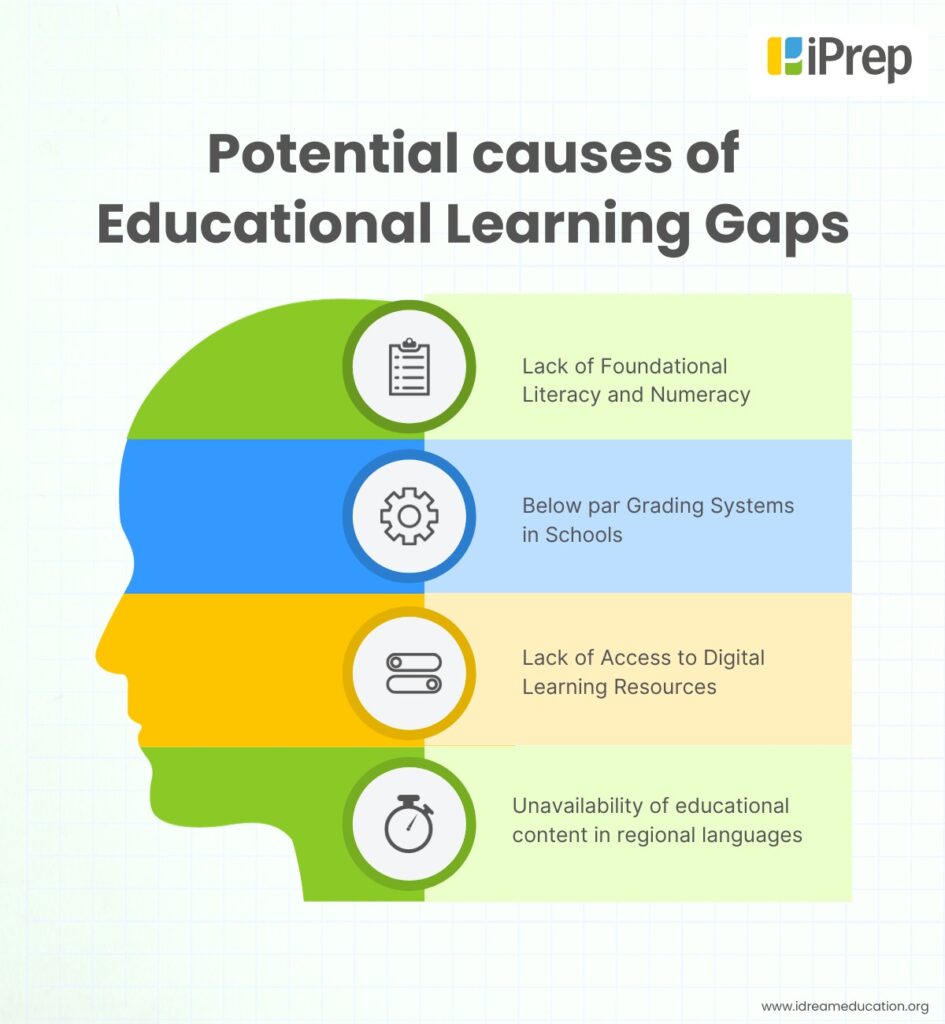
Cause 1: Lack of Foundational Literacy and Numeracy at the grassroots level
The inadequacy of early childhood education results in a lack of foundational literacy skills (FLN) in students. If we look at enrollment statistics, at the Pre-primary level, enrollment decreased from 1.1 crore in FY21 to 1.0 crore in FY22, with several factors playing a role, including traditional norms, limited awareness, and accessibility challenges.
Cause 2: School’s grading system
There is widespread debate that as per our school’s grading system, most students are promoted based on their cumulative scores. This approach neglects students’ limited comprehension of specific topics, leading to widening learning gaps. For instance, students may avoid certain subjects.
Cause 3: Lack of Access to Educational Resources
While some urban areas may have relatively better access to the internet and electronic devices that support digital learning such as ICT Labs, Tablets/Notebooks, etc., a significant portion of the population, especially in rural and remote regions, faces challenges in this regard.
As per the ‘India Inequality Report 2022: Digital Divide’ by Oxfam India only 31 percent of the rural population uses the Internet compared to 67 percent of their urban counterparts in India.
This hinders the ability of rural school students to participate effectively in modern education creating learning gaps.
Cause 4: Unavailability of learning content in student’s preferred language
Children who communicate in their regional language from a young age, encounter difficulty transitioning to a different language in schools.
These students often hesitate to adapt to a new language for acquiring basic education in school leading to learning gaps. This impedes their literacy development, making it difficult for them to grasp and communicate effectively in an unfamiliar language.
Acknowledging these causes is important to overcome them!
At iDream Education, we have developed iPrep, a learning platform designed to cater to the diverse learning requirements of students. Its unique feature, multigrade content access, empowers students to cover their learning gaps in a non-judgmental learning environment.
Let’s delve deeper into how providing students with multigrade content access can help bridge historical learning gaps.
- Unrestricted access to K-12 content of all grades on iPrep, enables students to switch to the content of any class. They develop a critical understanding of topics they once found tough, bridge their learning gaps, and cultivate a profound understanding of each topic.
- Access to multigrade content in regional languages makes it easier for students to learn from content of any grade in their preferred language medium. While growing up children predominantly communicate in their local languages with their friends, family, and everyone around them. Therefore, enabling content in local languages enables a familiar learning environment helping them joyfully cover their learning gaps.
- iPrep on personalised devices in schools and at home enables a non-judgemental learning environment. It allows students to learn from content of any grade anytime empowering them to cover their learning gaps at their own pace.
- One license of iPrep can be used by multiple children, which makes it an affordable solution for K-12 students. An example of this is siblings from government schools in Karnataka. One sibling had dropped out of school. He got inspired to start learning after seeing his sister learning from an iPrep tablet. This led to him showing interest and actively engaging in his studies. Later on, he also enrolled back in school.
- Offline availability of multigrade content on iPrep significantly solves the issue of low internet connectivity in rural areas. Students determined to learn are given tablets preloaded with content that they can access offline.
- Multigrade access to teachers on iPrep digital class a smart class solution helps them teach students of multiple grades from just one platform. During teaching, educators can address learning gaps by accessing content from previous grades and clarifying concepts immediately.
Conclusion
To conclude, learning gaps in education are a presenter issue and with the help of technology in education, we can help students overcome them effectively. Multigrade-level content coupled with personalised assistance, and curriculum-aligned bilingual content, we can bridge learning gaps and achieve grade-level learning outcomes.
If in case you would like to know more about our digital learning solutions, visit our website, www.idreameducation.org, or write to us at [email protected]


